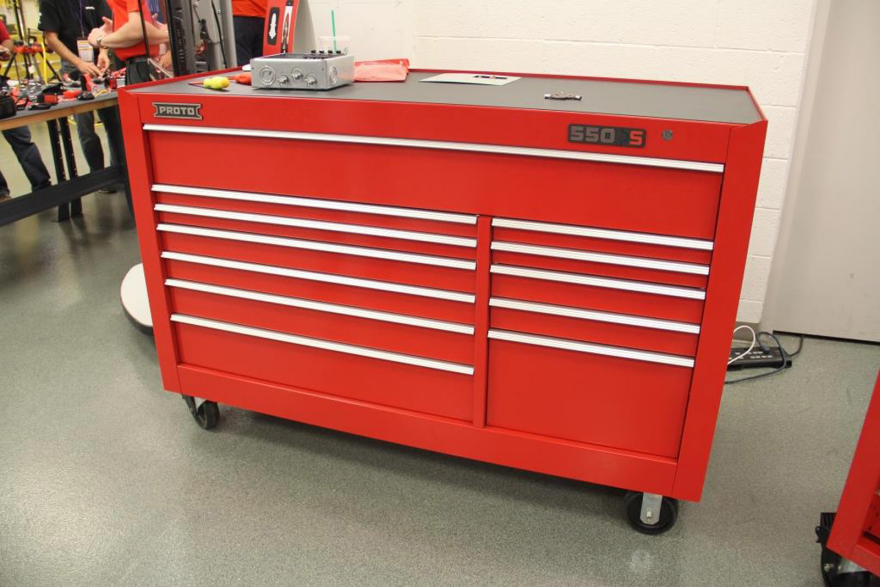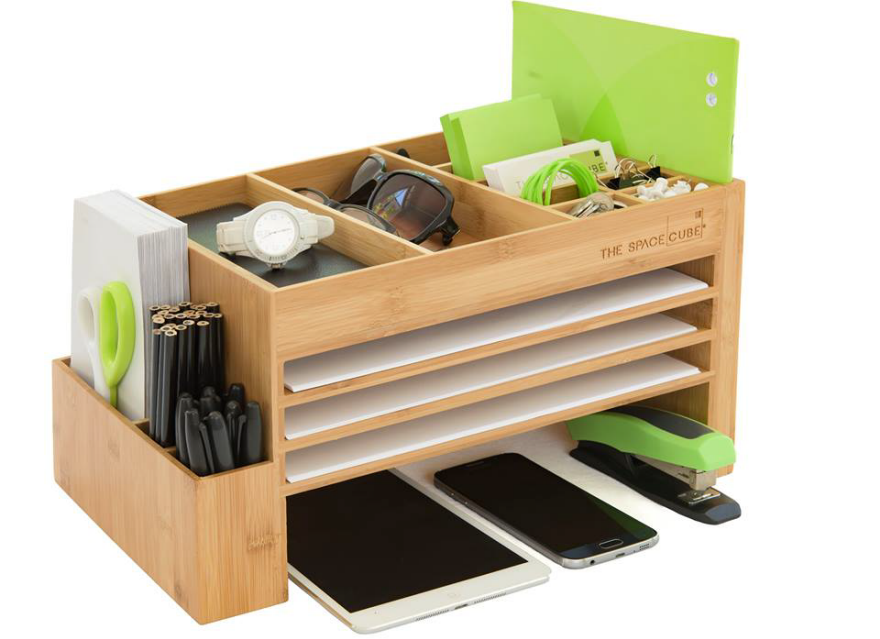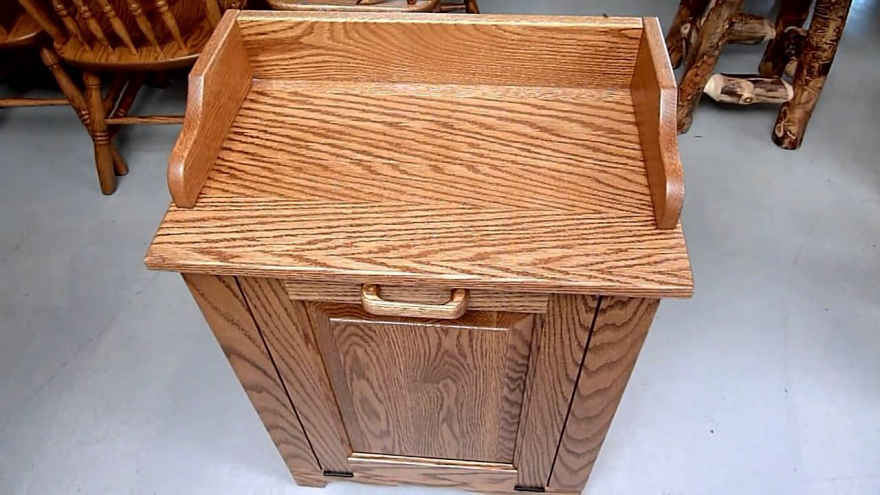Many modern desks don't have drawers—and even if they do, some people might prefer to have frequently used items sitting out on the desktop. I've written about desk organizers before, but I keep seeing more that catch my eye.
The One Piece from Yuue comes in three variations, each with different cut-outs to hold different sorts of items. It's nice to see a design that recognizes that end users have varying needs. The holes for pens and pencils aren't all the same size, so items of varying diameters can all be held upright.
The Desk Rail from Pushstart Creative, which launched on Kickstarter, is another one-piece desk organizer. While it can't hold everything the One Piece can— there's no place for paper clips, for example—it's still a flexible solution that can hold a lot, given the foam cushions inside the aluminum rail that both protect the items placed inside and grip them to keep them upright.
Cables are well planned for; there's a cable channel, removable side doors to make it easy to route the cables, and silicon feet that protect the desk and allow cords to pass underneath.
The Kesito desk organizer from Woodendot consists of three diamond-shaped blocks that can be arranged in a row or a hexagon—or, of course, they can be used separately. One holds pens, another holds things like paper clips, and the third holds cards, notes and cell phones.
It's nice to have the flexibility to place the three pieces separately, to accommodate space limitations and different usage models, where placing the pieces separate would be more convenient. However, the Kesito would lose its visual impact if that was done. Also, given how short the pieces are, I know some end users would soon find them buried under piles of paper.
The .Org Deskscape System was created through a collaboration between L&G Studio and Pat Kim Design. It's somewhat similar to the Kesito organizer, but it uses a zig-zag tray to hold pencils and pens (and other small items). That difference will make one system or another more appealing to an end user; they're equally functional. There's also a cork block to serve as a mini bulletin board, which is a nice addition.
The Still Alive desk organizer set from Seletti, designed by Antonio Aricò, has individual storage pieces which have their set places on a tray but can also be removed and moved around.
The set includes a tall pitcher that can be used to hold rulers or scissors, a wooden vase that is divided into three parts for storing items like tacks and paperclips, a brass cup that serves as a pen holder, a wooden pencil box, a porcelain vase, a pyramid-shaped box, and a magnifying glass sphere.
There's no place to stash a cell phone or papers, as with some other organizers. Unstacking that three-part vase might be a bit of a pain. And it's very expensive. But for an end user who can afford it, who doesn't need the missing features, and who is motivated by beautiful things, this could work.
The ISO Desktop Organizer from Field, designed by Atelier Takagi, is made from heavy-gauge cold rolled steel and weighs almost six pounds, so it's a good one for an end user who wants to ensure a pet doesn't knock the organizer off the desk. (There's a thin cork underside.)
It's not going to store things like paper clips, and it's not the best organizer for pens and pencils, but it would be good for storing notebooks and such. And a calculator, for anyone who still uses a calculator.
The Bartek organizer from Muuda provides an interesting combination of open and closed storage. With the drawers, the end user doesn't need to worry about a container of paper clips or pushpins getting knocked over and creating a mess. The drawers are also good for anything the end user would prefer not to have on open display.
The Space Cube provides paper trays as well as storage for pens, sticky notes and such. There are holes in the back to allow cords to pass through. My experience with this type of paper tray is that papers are often forgotten because they are hard to see. But I've seen these trays work well for storing unused paper (in different colors, for example) rather than reference papers or papers requiring action.
In contrast to all these desk organizers with their various compartments, there's the hammock desk organizer from Treehouse Oasis. Some end users will appreciate the simplicity of just tossing everything into the hammock, especially if they don't have any tiny things that will get buried at the bottom.
![]()





















































































































